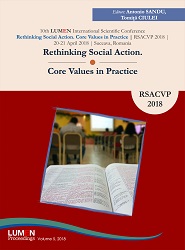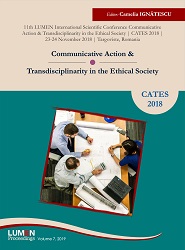
The Characteristics of the Romanian Emigration Phenomenon
The sociological structure of Romanians emigrating abroad has changed over time. At first, the graduated, the highly qualified or specialists from urban areas emigrated. Currently, most of the emigrants are young, poor or insufficiently qualified, coming from rural areas. Even if there have been periods of increasing the domestic demand for labor, lately, many Romanians want to go abroad to work. After 1989, the political reflection was unanimous in recognizing the issue of emigration and asylum in Europe from a new perspective, stemming from the process of political developments in the Central and Eastern Europe. The vertiginous emigration from the East to the West has engendered a complex of representations, political mentalities and pragmatic reactions. The first representations on emigration were the significance of the victory of the humanist precepts and the liberal philosophy of human rights. As the phenomenon of emigration evolved in the East-West direction and there were dysfunctions of the exercise of the right to free movement - illegal migration, involuntary migration, foreign citizens in illegal situation, unjustified asylum requests - this phenomenon constituted a source of analysis. Emigration can also be analyzed as a crucial and necessary social act, absolutely mandatory for certain social categories, thus acquiring major community significance. In Romania, we are witnessing a situation of this kind, due to the persistence of youth emigration, the mood of young people to emigrate. The perception of the profile of the Romanian emigrant, together with the study and understanding of the multiple implications of emigration, should be a reference point in the elaboration of Romania’s national policies on migration.
More...
